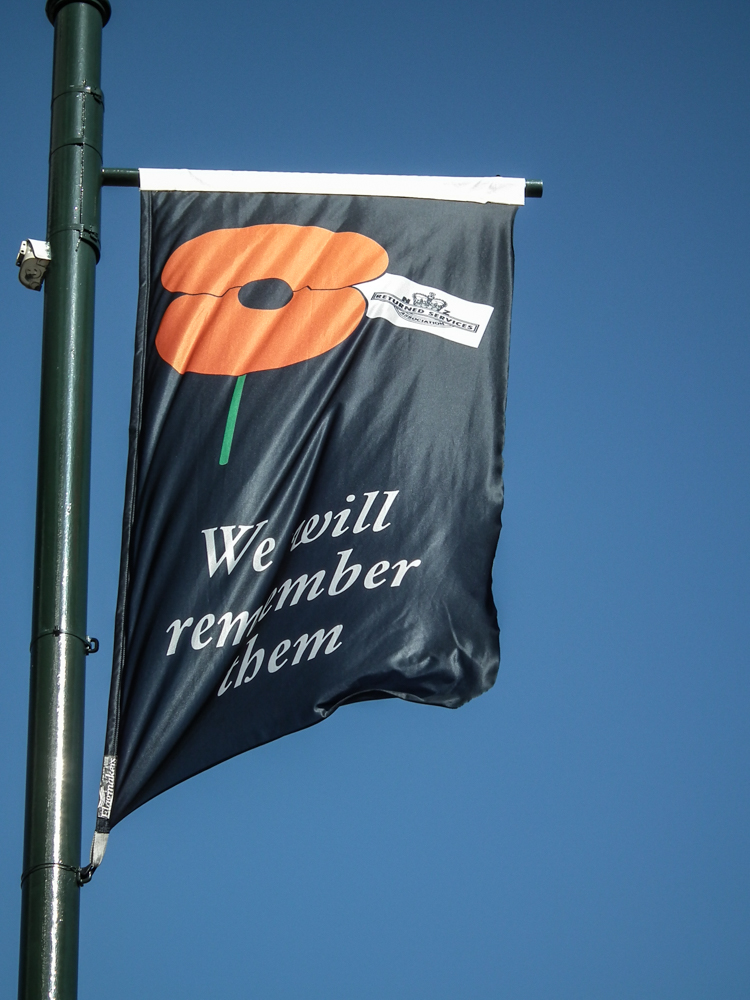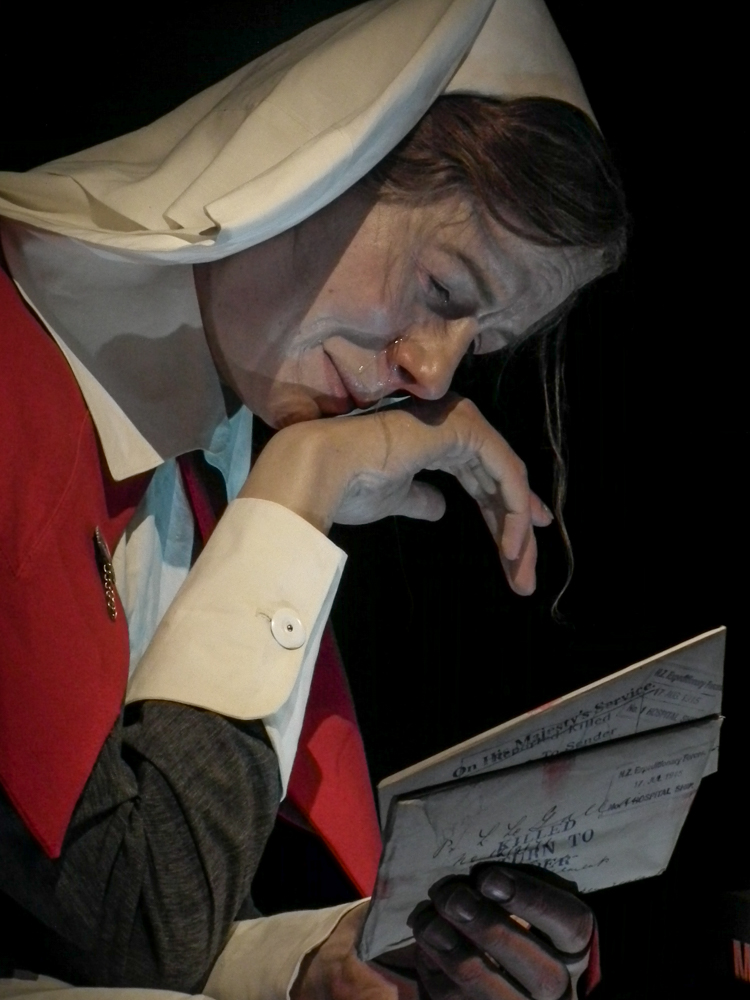In the spring of 2016, Henderson Productions took an extended do-it-yourself driving tour of New Zealand. We’re excerpting portions of our trip in this blog including this visit to the Gallipoli Exhibit in Wellington, NZ. This is one of a series of pieces on New Zealand. beginning with https://focusbyhenderson.com/tips-from-a-kiwi-local-in-christchurch/
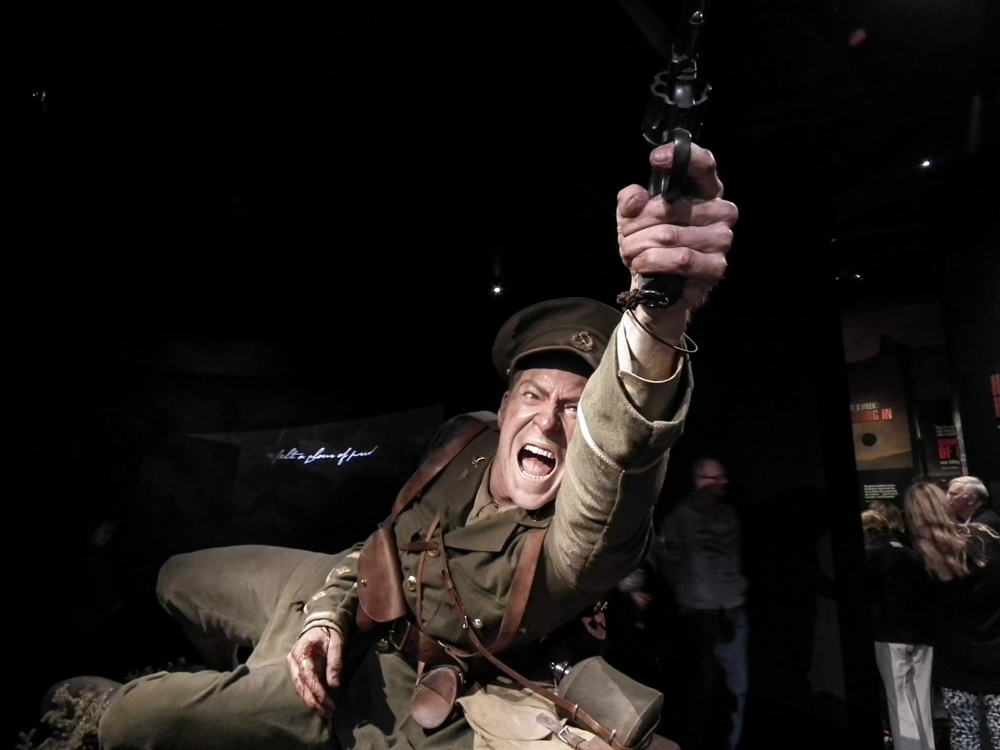
The Te Papa museum is, like our Smithsonian, completely free and stunning. It’s a Saturday afternoon at the end of the fall holidays and approaching Anzac Day. There’s a new exhibit on Gallipoli that opened yesterday and as we arrived, it had a 3-hour waiting period and line. Disappointed, we went for the permanent collection of Maori history and were so very not disappointed. Stunning displays and descriptions of the Maori traditions and culture and artifacts. There’s an entire section on their ceremonial houses and another on the newly consecrated one with modern Maori artistic influences.
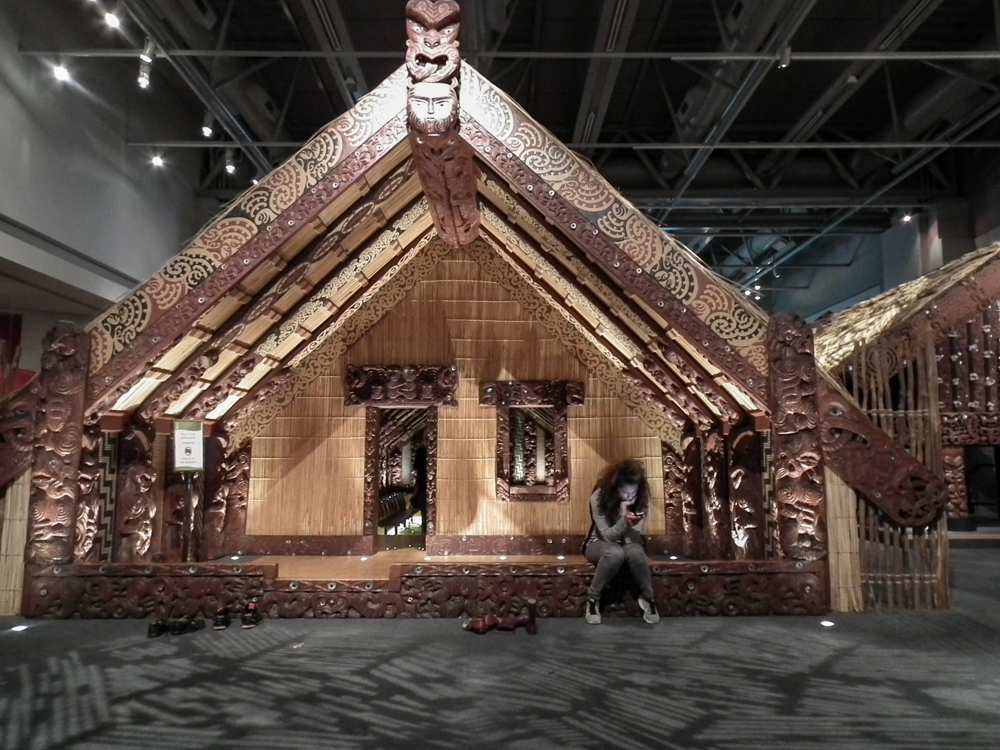
We moved on to a great series of galleries on the Pacific islander immigration both originally to bring the Maori to The Land of the Long White Cloud or more 20th century migratory patterns. Once again, I am reminded how little we are taught about more than half the world peoples and places. We spent a good 2 hours walking around and started to leave when we noticed the line for the new exhibit was very short. Sure enough, there’s an hour left in the museum and a 10-minute wait. Done.
We are so very happy we did. It will cause us to go back and watch the movie “Gallipoli” for sure but also to read more about the entire escapade. It was midway through WWI and the British Lord Kitchener, in Egypt running chaos with Lawrence on the southern front, called for forces from the Commonwealth to help attack the Gallipoli peninsula and gain control of the Dardanelles. It was actually Churchill’s idea as he was Vice Admiral of the Navy at the time and looking to make a name for himself. The forces were very unprepared for the Turkish defense under Kemal Atatürk and barely made it on shore and up the top of the first ridges before they were stopped in their tracks.
The initial landing began in April and by May and through a very long hot summer the Anzac forces were dug in trenches with virtually no forward motion. By September a plan was hatched to counterattack and move forward which began in early October. Once again, they underestimated the local defenders and flew into slaughter after slaughter. By the end of November, a complete retreat was ordered, and the ANZAC troops left via naval vessels right off the same beaches in early December.
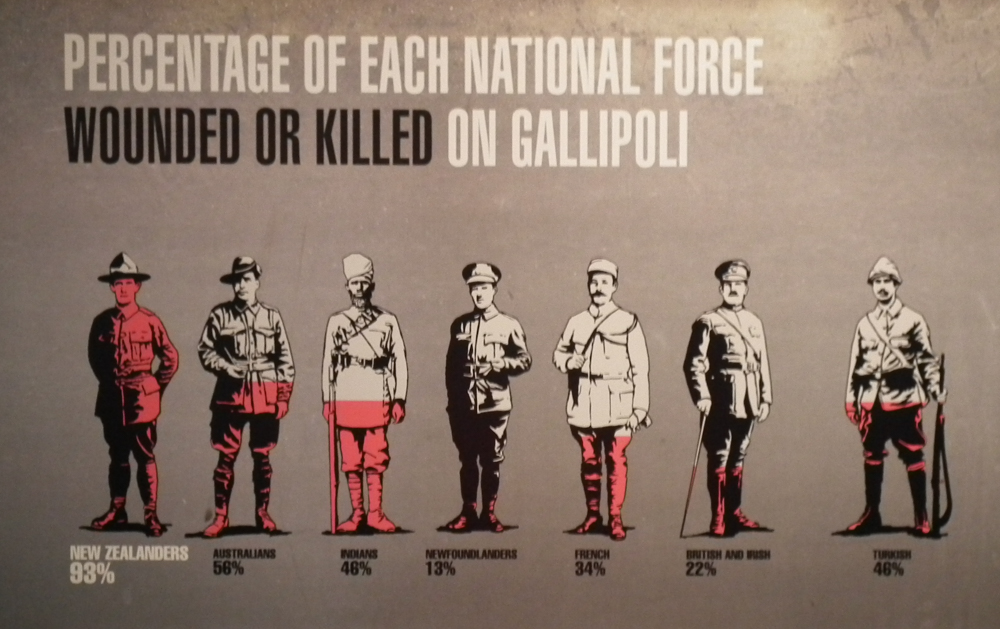
Of the troops that were part of the British forces, New Zealand lost 93% of their force. 93%. Australia lost 75%. Stunning.
-
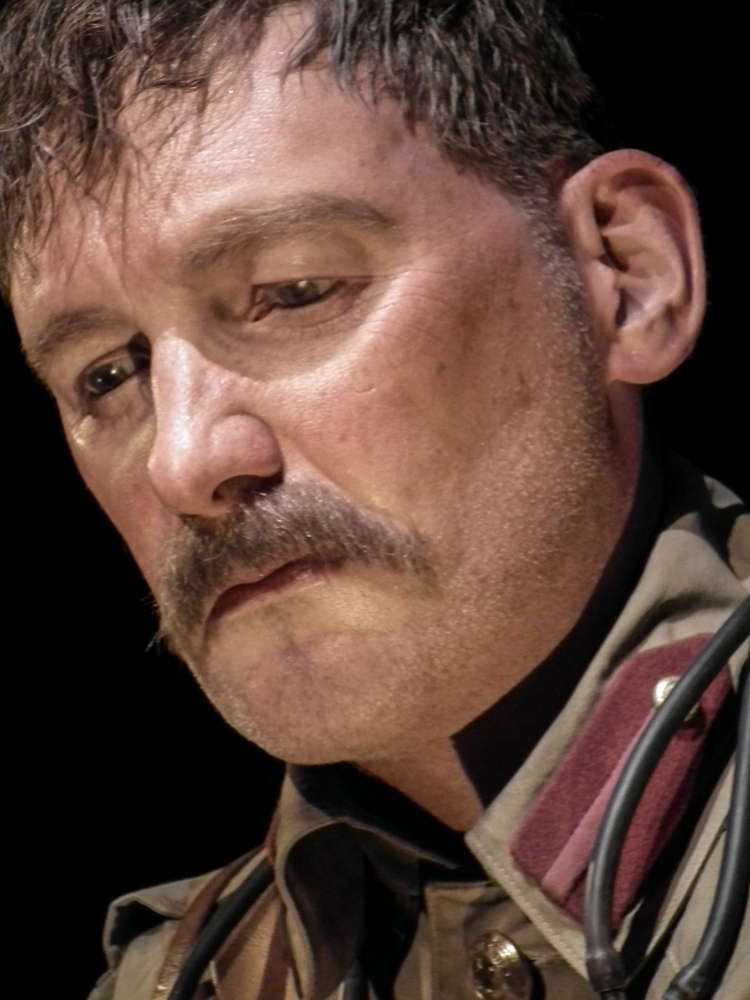
Lifelike statue -
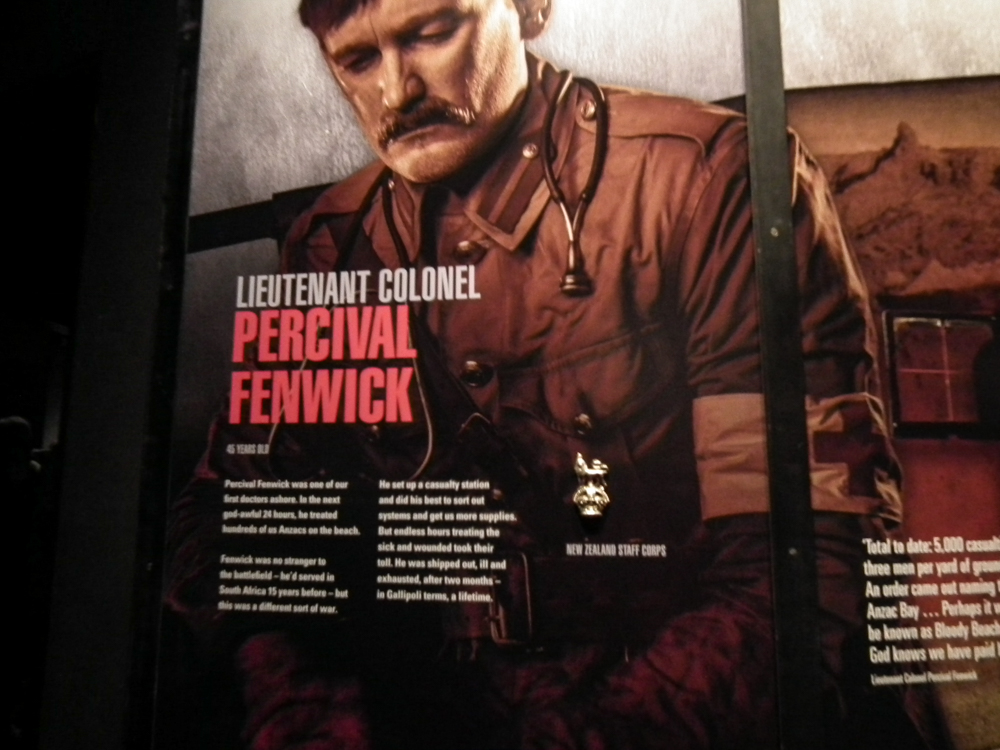
Lt Col Fenwick’s story
The 100th anniversary commemorative exhibit was so extremely well done. They used actual diaries and first-person accounts to select 6 individual stories to feature beginning with a 10-15 ft high realistic statue of each person and leading into the explanation of his/her story and the units attached. The infantry man, the nurse, the doctor, the commander, the artillery, the Maori unit. Lots of interactive videos and voiceovers through the galleries to keep it moving with artifacts placed in the center of the rooms for circular viewing. Just amazing.
We packed as much into one afternoon and evening as we could in Wellington. Hadn’t planned to even do that much – the museum was the primary focus. Very happy to be in a little early and catching up on some rest after an 18-hour day.
You might also enjoy our visit to Coleville-Sur Mer in Normandy. https://focusbyhenderson.com/?s=D-Day
What’s your experience in New Zealand? We’d love to hear your thoughts and suggestions on Facebook at https://www.facebook.com/SueHendersonPhotography/

